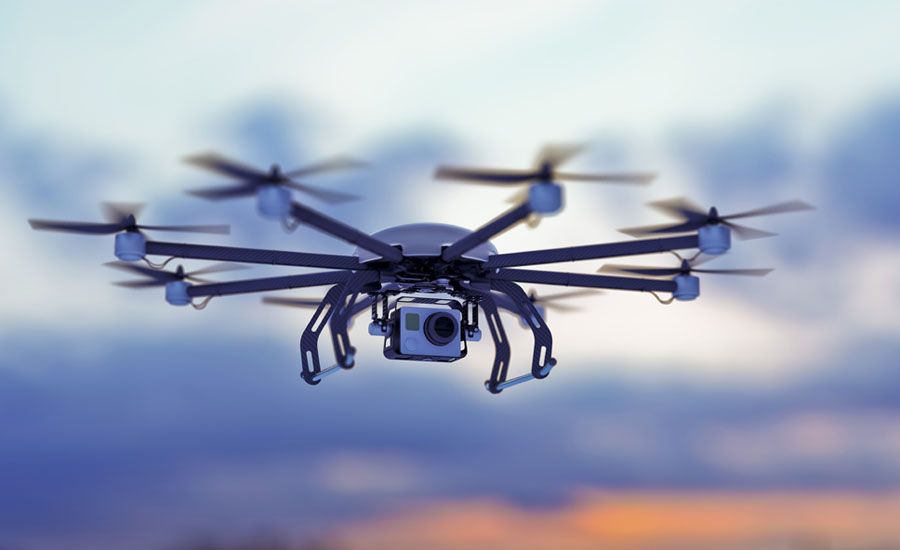More DOD sites added to "no drone" list

The skies over a dozen U.S. Department of Defense (DOD) locations are about to get a little less friendly for drones, otherwise known as Unmanned Aircraft Systems (UAS).
As of July 11, drone operators are forbidden to fly their aircraft over the following “national security sensitive” locations, based on a request by the DOD:
- Raven Rock Mountain Complex in Adams, PA
- Lake City Army Ammunition Plant in Independence, MO
- Pine Bluff Arsenal in White Hall, AR
- Tooele Army Depot in Tooele, UT
- Hawthorne Army Depot in Hawthorne, NV
- Pueblo Chemical Depot in Pueblo, CO
- Iowa Army Ammunition Plant in Middletown, IA
- Watervliet Arsenal in Watervliet, NY
- Blue Grass Army Depot in Richmond, KY
- Letterkenny Army Depot in Chambersburg, PA
- Rivanna Station in Charlottesville, VA
- Maui Space Surveillance Site in Maui, HI
Operators who violate these flight restrictions could face civil penalties and criminal charges.
According to the Federal Aviation Administration, this and other no-fly zones are the result of federal agency concerns about malicious drone operations. The restrictions come under the FAA’s existing authority under Title 14 of the Code of Federal Regulations Section 99.7 (14 CFR § 99.7), Special Security Instructions, to establish UAS specific flight restrictions over select, national security sensitive locations.
The FAA’s Notice to Airmen (NOTAM), FDC 8/3277, defines these special security instructions. The FAA published a NOTAM, FDC 9/3332, which alerts UAS operators and others in the aviation community of this change and points to FDC 8/3277.
UAS operators, in particular, are urged to review the special security instructions prescribed by FDC 8/3277 and the important supporting information provided by the FAA’s UAS Data Delivery System (UDDS) website. The UDDS website provides easy access to the text of FDC 8/3277 and other UAS-specific security NOTAMs; a current list of the airspace to which these special security instructions have been applied, supported by an interactive map and downloadable geospatial data; and other crucial details. A link to these restrictions is also included in the FAA’s B4UFLY mobile app.
Looking for a reprint of this article?
From high-res PDFs to custom plaques, order your copy today!



.jpg?t=1721257160)

